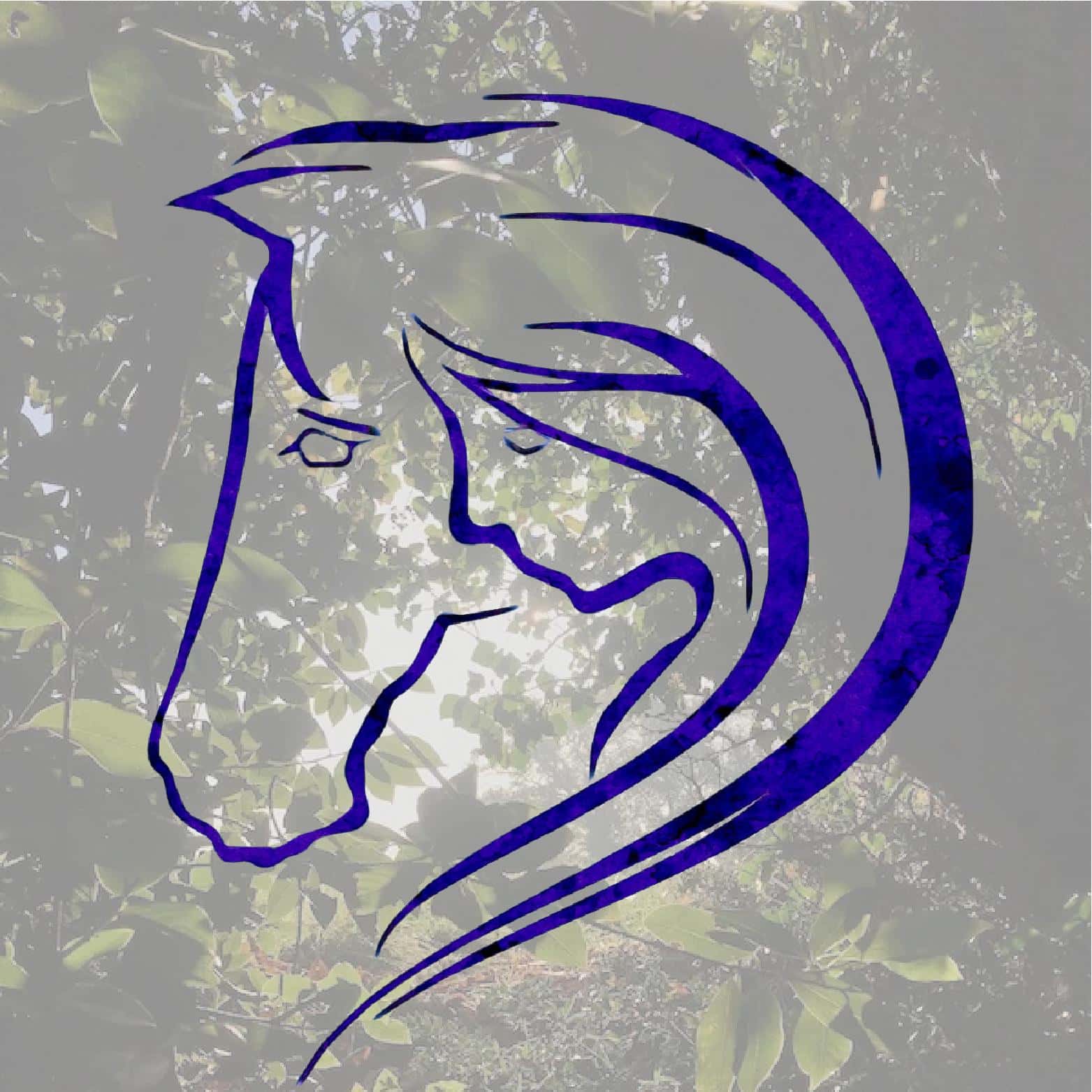Although practicing a liberty trim has to be a little more flexible than conventional practices, it can certainly bring out the best in a horse. Not only that, over time confidence levels are likely to continue to rise and each session will be quicker and easier.
Progress With Honey
- At first I understood that Honey felt most at ease if she could eat, so I would give her a hay-net. Eating is an important part of a horse’s daily activity as most horse-owners know, and providing food without strings attached is a good way to let the horse know you understand their needs.
- Then it seemed more natural to approach the subject within the herd. With her friends around she felt supported and more able to let her defences down.
- After that we gave it ago without the head-collar. I had been experimenting with this with other horses, and Honey appreciated it greatly.

Listening to Honey was about seeing what made her feel safe and following that.
It is important to accept that part of being present is also letting go of goals and expectations.
If Honey went off with the herd because they decided it was time to go, then the session was most probably over. If she really wasn’t feeling like it for whatever reason – flies, heat, or being in season for example, then that was fine too.
Why We Started to Trim At Liberty
At first when we tackled the trimming issue Honey would get very agitated and even quite angry if I persisted. She held her legs very tightly and sometimes even kicked out. Fighting with a horse in these circumstances only leads to an escalation of the same defensive behaviour. She was obviously angry because of struggles in the past and the only way to achieve submission would have been to force her to shut down.
That is not an option I would consider, so I started to listen to Honey and over time she told me what made her feel safe. It is always easier to understand in hindsight, but we have found our way and every time gets a bit easier.
